Climate and Ag in the news
-
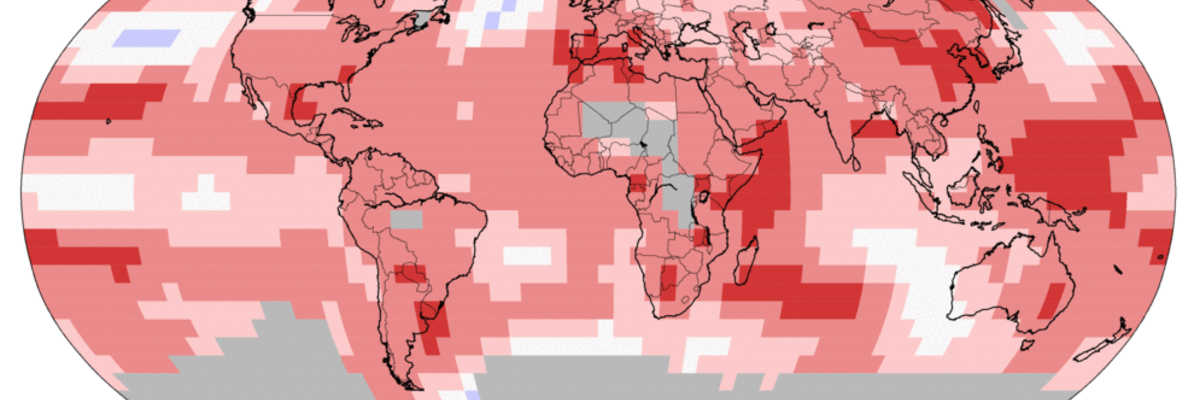
NOAA released their latest climate summary for September 2017 this week. It shows that September was the 4th warmest on record, after 2016, 2015 and 2014. All of the top ten warmest Septembers have occurred since 2003. The January through September period was the second highest, after 2016. Some parts of the Southeast are currently…
-
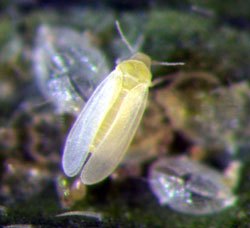
The last two winters in the Southeast have been fairly mild, and extension specialists in Georgia have linked this to an onslaught of whiteflies during the last two growing seasons. If winter is mild, more whiteflies are able to survive the winter and add to crop woes in the next growing season. With a La…
-

While apples don’t grow everywhere in the Southeast because of the warm conditions, they do provide a good crop in the northeast Georgia mountains and points north. Where I grew up in Michigan and Wisconsin, they are a much larger crop. Yale Climate Connections provided an interesting story this week on the impacts that warmer…
-
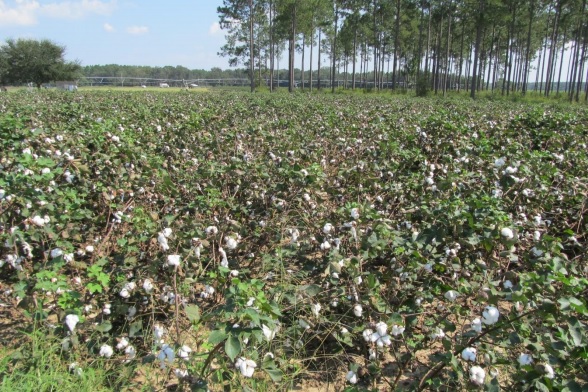
Bob Kemerait, Extension specialist at UGA, posted an interesting discussion looking back on the 2017 growing season and its challenges and what impacts weather and other factors had on crop yields. You can read it in the Southeast Farm Press here. Dan Fromme from Louisiana posted a similar discussion on cotton yields there in AgWeb…
-
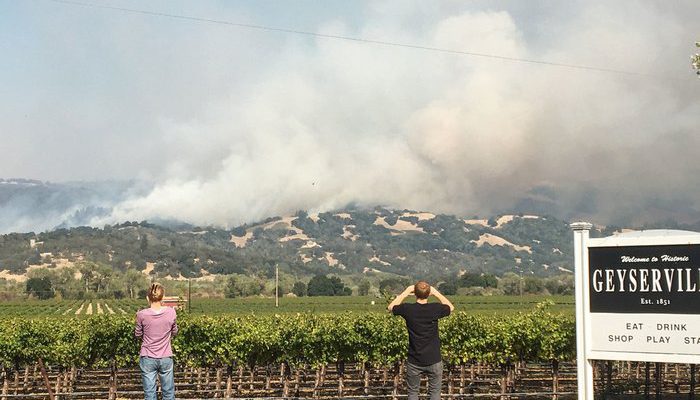
I’ve seen some articles online indicating that they think the smoky conditions from the fires in the California wine country this year could devastate the production of wine, leading to a smoky, burned flavor that would doom the wines. It was interesting to read this article in Food & Wine today which points out that…
-
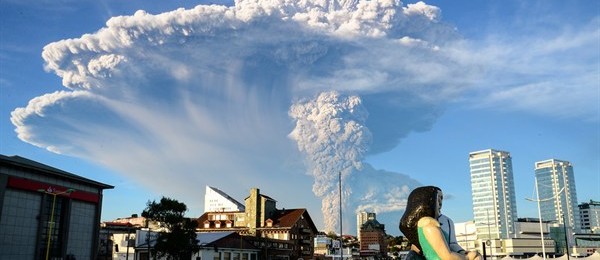
EarthSky posted an interesting story this week about a new study that indicates that the eruption of tropical volcanoes like Mount Pinatubo in 1991 can lead to the development or strengthening of El Niño conditions. While we can’t predict when a large tropical eruption will occur, once it does we can use the results of…
-

While the wildfires in California are still burning, we are starting to see some assessments of the toll that it is taking on California agriculture, in particular on the wineries. The California Climate & Agriculture Network posted a story earlier this weekend on some preliminary estimates of costs to crops, livestock, cannibis and wine grapes…